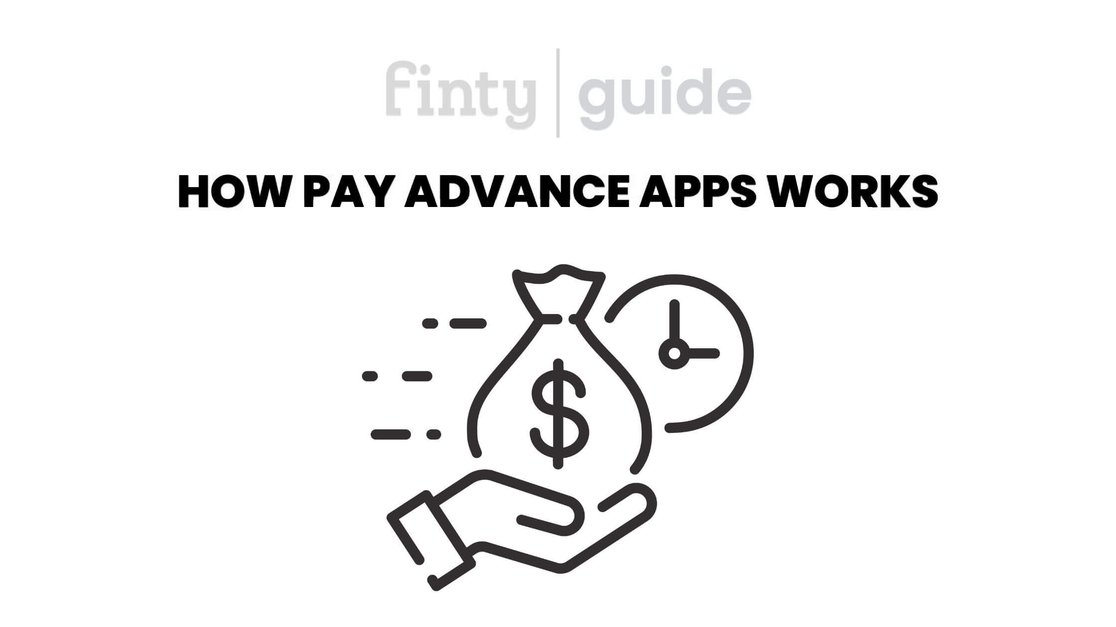- How to set up a pay advance account.
- Pay advance fee structure.
- Pay advance apps and your credit score.
When unexpected expenses – like car repairs or medical bills – derail your tight budget, and it’s still another week until payday, a pay advance app can be a lifesaver. It’s a short-term loan system that advances money you’ve mostly already earned, and it operates in a way that’s quite different from a high-interest payday loan.
Although it’s not a good idea to rely on a pay advance app long term, apps like Beforepay, MyPayNow, and CommBank AdvancePay can be a much better solution than a credit card cash advance or a payday loan.
Find out more about Australia's best pay advance apps here.
Easy to apply and set up
It takes just a few minutes to set up your account and profile. It usually goes like this:
- Download your chosen app from the App Store or Google Play Store.
- Create a new account, configure your profile and supply your bank account details.
- The app’s AI will analyse your banking transactions to work out when your pay typically arrives and how much you can afford as an advance.
- You can withdraw cash right away – usually between $250 and $1,250, depending on the app and your personal limit based on your pay cycle and spending pattern.
- The cash appears in your bank account in minutes.
- Your repayment is automated to occur on the same day your next pay hits your bank account.
Transaction fee instead of interest
Credit card cash advances, even if you use a low interest rate cash advance card, can end up costing a fortune in interest charges and cash advance fees. Payday loans are known for their even higher annual interest rates.
But with a pay advance app you pay a transaction fee rather than interest. Fees depend on which app you use. For example, you could be charged a flat fee of $2 - $5, or a percentage of the amount advanced (e.g. 5%). It’s still not cheap (a 5% fee for a $1,250 advance would work out at $62.50) but there’s no loan application process to go through each time, and cash is available almost instantly.
No hard credit checks
Most pay advance apps go out of their way to specify that they do not perform a hard enquiry on your credit file when you set up your account. Hard credit enquiries, which are used by most other types of lenders (e.g for personal loans and payday loans) when assessing your application, will make your credit score fall by a few points for a short period. A damaged credit score could make it tricky to get a traditional loan.
Less likely to pay late or default
Payday loans and credit card cash advances become particularly expensive when you don’t repay on time, incurring extra interest and late fees.
Pay advance apps, on the other hand, have automated repayments debited to your bank account on your next payday. This makes it very unlikely that you will pay late, default, or end up in a long-term debt cycle.
Bottom line
Pay advance apps are easy to use, could be useful in a short-term financial emergency, and are unlikely to damage your credit score.
But they are not a long-term solution to financial woes. Aim instead to set up a budget that will see your expenses match your income (and preferably be less than your income) or find some way of increasing your income (such as a side gig).

